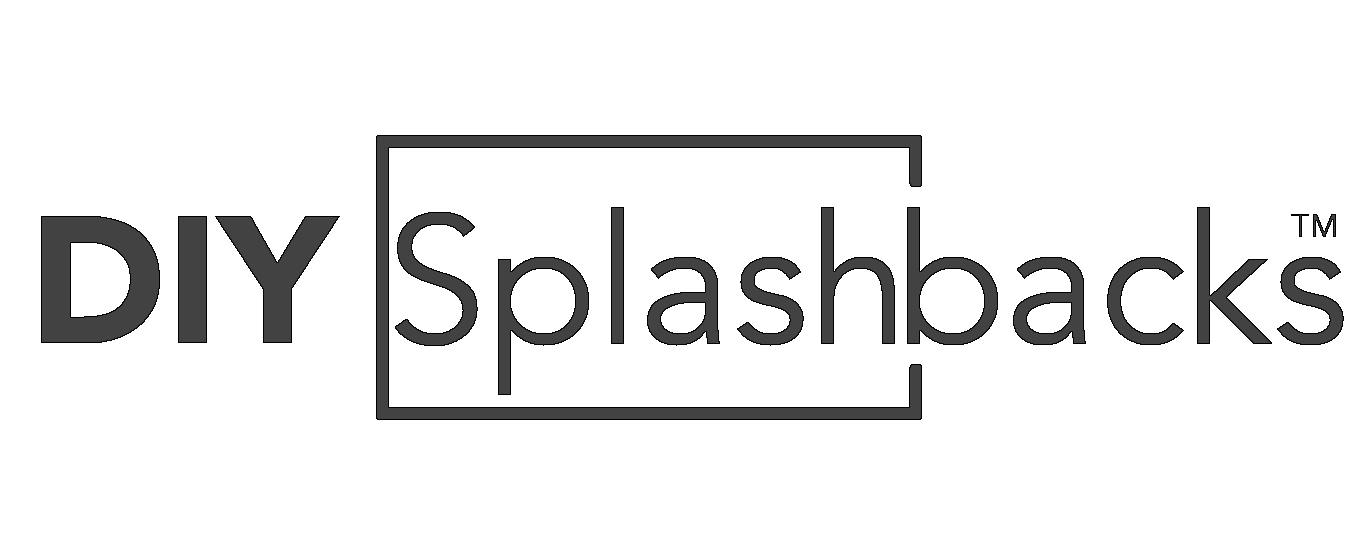The kitchen splashback takes the brunt of splatters, spills, and grease. But with a little TLC, you can keep it looking brand new for years to come. Here are 10 effective maintenance tips to ensure your splashback shines:
- Embrace the Power of Daily Wipes: Don't let grime build up. After cooking, wipe down your splashback with a damp microfiber cloth. This removes light splashes and grease, preventing stubborn stains.
- Befriend Mild Cleaners: Harsh chemicals are your splashback's enemy. Opt for gentle dish soap diluted with water or a solution specifically designed for your splashback material.
- Tackle Stains Swiftly: Fresh spills are easier to remove. Address any splatters or food remnants immediately with a damp cloth and your cleaning solution.
- Conquer Grease with Baking Soda: For stubborn grease stains, baking soda is your knight in shining armor. Make a paste with water and apply it to the affected area. Leave it for 15 minutes, then scrub gently with a soft brush and rinse clean.
- Vinegar Magic: For hard water stains or mineral deposits, white vinegar diluted with water can work wonders. Spray the solution on the stain, leave it for a few minutes, and wipe clean.
- The Gentle Touch: Avoid abrasive sponges or scouring pads, as they can scratch the surface of your splashback. Microfiber cloths are ideal for daily cleaning and wiping away spills.
- Banish Harsh Chemicals: Bleach, ammonia, and other strong chemicals can damage your splashback. Stick to gentle cleaners designed for your specific splashback material.
- Beware of Burnt-on Food: Never attempt to scrape off burnt-on food with sharp objects. This can cause permanent scratches. Instead, soak the area with warm water and dish soap to loosen the residue.
- Defend Against Heat: Avoid placing hot pots or pans directly on the splashback. The extreme heat can cause discoloration or cracking. Use pot holders or trivets whenever possible.
- Regular Deep Cleaning: For a thorough clean, schedule a deep cleaning every few months. This might involve using a specialised cleaner for your splashback material, following the manufacturer's instructions.
By following these simple tips, you can keep your kitchen splashback looking brand new and ensure it remains a beautiful and functional element in your kitchen for years to come. Remember, prevention is key—the more consistent you are with daily cleaning, the easier it will be to maintain your splashback's shine.







